X, Y Translational Stage for Micro/Macro Panoramic Imaging
$983.00The x, y translational stage includes an adapter for mounting to the base plate (not included) and works best with the L bracket (not included).
The x, y translational stage includes an adapter for mounting to the base plate (not included) and works best with the L bracket (not included).
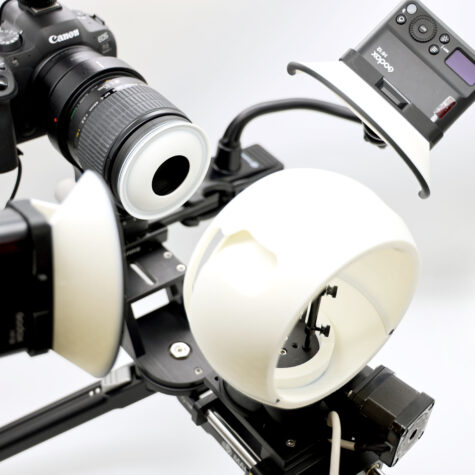

Add item to the cart to purchase.
Stage Only: The aluminum universal stage and platform only.
Diffuser Dome Only: The flash diffuser designed to fit over the Cognisys Rotational Stage.
Stage, Riser Adapter, Flash Clamp and Dome: A complete package allowing for flash placement, light diffusion and height adjustment depending on your system.
The vertical stand includes a 12″ x 8″ base and a 3/4″ x 10″ tall aluminum rod. The base is suitable for repositioning the Macropod PRO into a vertical position for any application.
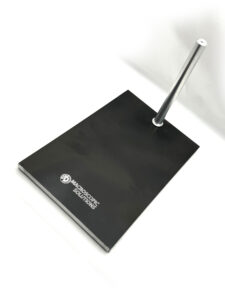
The rotary stage includes 4 screws in order to be mounted to the base plate (not included).

An ink cartridge or inkjet cartridge is a component of an inkjet printer that contains the ink that is deposited onto paper during printing.
Each ink cartridge contains one or more ink reservoirs; certain producers also add electronic contacts and a chip that communicates with the printer.

An ink cartridge or inkjet cartridge is a component of an inkjet printer that contains the ink that is deposited onto paper during printing.
Each ink cartridge contains one or more ink reservoirs; certain producers also add electronic contacts and a chip that communicates with the printer.

An ink cartridge or inkjet cartridge is a component of an inkjet printer that contains the ink that is deposited onto paper during printing.
Each ink cartridge contains one or more ink reservoirs; certain producers also add electronic contacts and a chip that communicates with the printer.

An ink cartridge or inkjet cartridge is a component of an inkjet printer that contains the ink that is deposited onto paper during printing.
Each ink cartridge contains one or more ink reservoirs; certain producers also add electronic contacts and a chip that communicates with the printer.
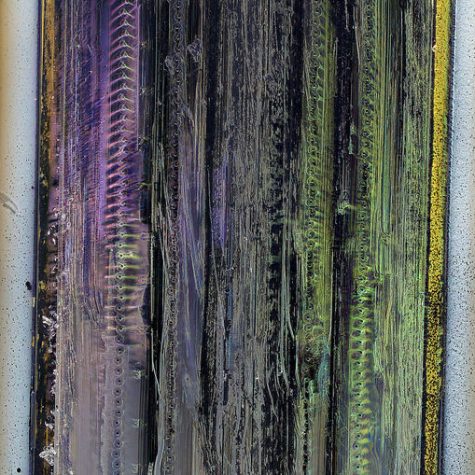
An ink cartridge or inkjet cartridge is a component of an inkjet printer that contains the ink that is deposited onto paper during printing.
Each ink cartridge contains one or more ink reservoirs; certain producers also add electronic contacts and a chip that communicates with the printer.

Amber is fossilized tree resin, which has been appreciated for its color and natural beauty since Neolithictimes.[2] Much valued from antiquity to the present as a gemstone, amber is made into a variety of decorative objects.[3] Amber is used in jewelry. It has also been used as a healing agent in folk medicine.
There are five classes of amber, defined on the basis of their chemical constituents. Because it originates as a soft, sticky tree resin, amber sometimes contains animal and plant material as inclusions.[4] Amber occurring in coal seams is also called resinite, and the term ambrite is applied to that found specifically within New Zealand coal seams.[5]

The Nyholm lab studies beneficial host-microbe interactions between the Hawaiian bobtail squid, Euprymna scolopes, and the bioluminescent bacterium, Vibrio fischeri. Hawaiian bobtail squid are nocturnal predators, remaining buried under the sand during the day and coming out to hunt for shrimp at night neat coral reefs. The squid have a light organ on their underside that houses a colony of glowing bacteria (V. fischeri). The squid uses this bacterial bioluminescence in a form of camouflage called counter-illumination, masking it’s silhouette by matching moonlight and starlight; thus hiding from predators swimming below. The light organ is attached to the ink sac and it can use this ink like a type of shutter to control the amount of light. This likely helps the squid adjust to variable light conditions, for example cloudy nights or a full vs. new moon. In this image of a juvenile squid, you can clearly see the bi-lobed light organ and ink sac in the center of the squid’s mantle cavity.
The Hawaiian bobtail squid lay their eggs in clutches on the sea floor, where they take approximately three weeks to develop. This series of macropod images allows us to see the developing squid and monitor embryogenesis. Once the squid hatch, V. fischeri from seawater colonize the light organ within hours. This macropod image allows us to see a close-up view of the ciliated appendage-like structure found on the surface of the juvenile squid’s light organ. Once the squid hatches, the cilia assist in bringing V. fischeri in the seawater to pores at the base of the light organ. These pores lead to inner crypts, where only V. fischeri can enter and colonize. V. fischeri is a relatively rare member of the seawater bacterial community, making up less than 0.1%. The Nyholm lab is trying to understand how the squid’s immune system can differentiate between the symbiont and all the other different kinds of bacteria in seawater.
While the light organ of the squid exemplifies a highly specific beneficial relationship between bacteria and host to provide camouflage at night, this organ is only found in some squid species. All squid, however, are capable of another type of camouflage, cryptic coloration. Squid skin contains special pigmented cells called chromatophores that can change the overall color of the squid in seconds. Each chromatophore contains pigment granules surrounded by nerve and muscle fibers. When these muscles are contracted, the pigment sac expands, creating a larger surface area of color. When the muscles relax, the pigment sac can shrink to a small dot, 15 times smaller than their expanded size, hiding the color. In these macropod images you can see relaxed chromatophores on the mantle and contracted chromatophores around the eyes. The macropod images allow us to see these pigment cells in great detail.
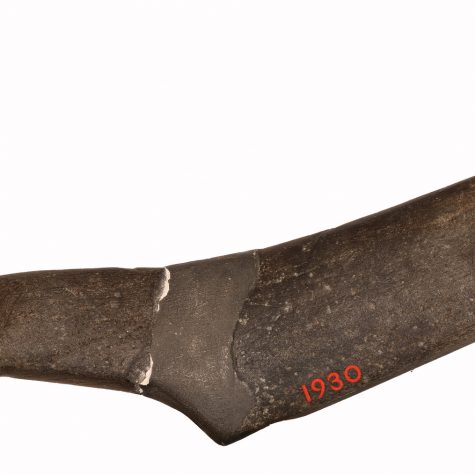
Bird stones are prehistoric, abstract stone carvings made by Native Americans. The artifacts were a common inclusion in graves and thought to have ceremonial importance. They are noted for their distinctive simplicity and beauty.

Making beads is an old craft. Bone, stone (turquoise and other semi-precious stones) and shell beads are still made the ancient way, little affected by modern technology. Sea shells, the commonest material for handmade beads, have been important native regional trade items for thousands of years.
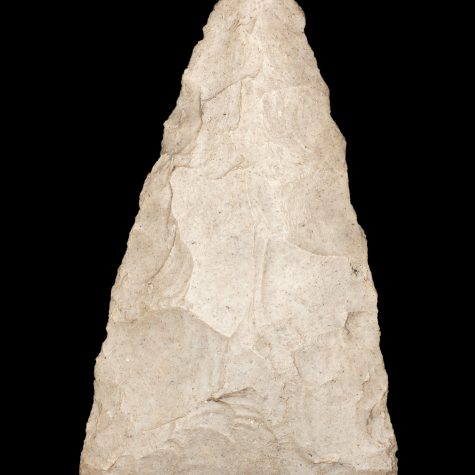
The bow and arrow represents one of the great technological advancements in weaponry in the ancient world. In fact, the bow is the first mechanical device that could store energy, as the arrow was held in the string before its release. Recent distance records in flight archery for pulled bows are around one third mile, the longest crossbow shot is 1.16 miles! Bows and arrows were used just about everywhere in the world except Australia where spear throwers were the preferred weapon. Triangular shaped arrow points were one of the most common types of arrow points used on the tips of arrows.
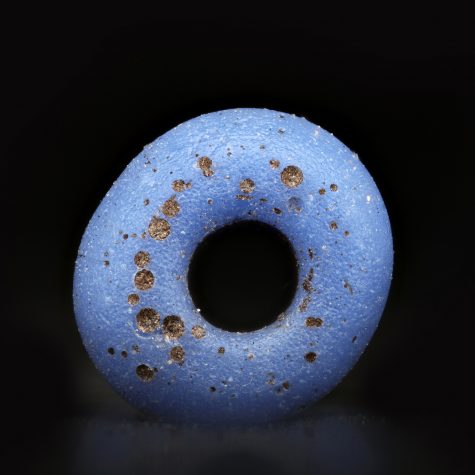
Making beads is an old craft. Bone, stone (turquoise and other semi-precious stones) and shell beads are still made the ancient way, little affected by modern technology. Sea shells, the commonest material for handmade beads, have been important native regional trade items for thousands of years.
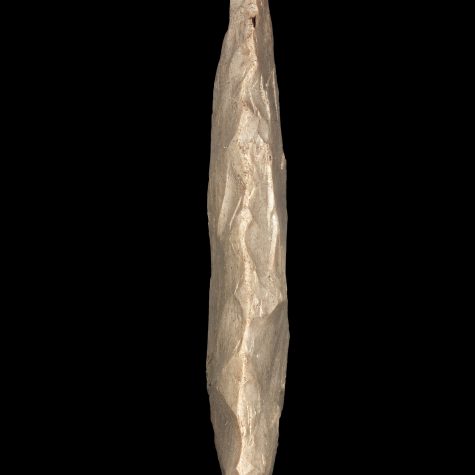
The bow and arrow represents one of the great technological advancements in weaponry in the ancient world. In fact, the bow is the first mechanical device that could store energy, as the arrow was held in the string before its release. Recent distance records in flight archery for pulled bows are around one third mile, the longest crossbow shot is 1.16 miles! Bows and arrows were used just about everywhere in the world except Australia where spear throwers were the preferred weapon. Triangular shaped arrow points were one of the most common types of arrow points used on the tips of arrows.